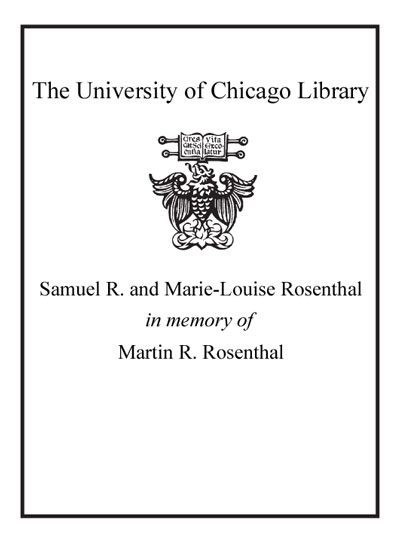Review by Choice Review
The 800 articles in the second edition of this encyclopedia intended for general readers cover the full spectrum of complementary and alternative medicine. The editor keeps medical terminology to a minimum; highlighted boxes define key terms. The multidisciplinary editorial board wrote and reviewed the entries, which are unevenly referenced: some rely on one tertiary source, others list books, journal articles, Web sites, and related organizations. Few references cite primary scientific literature. Visual appeal comes from anatomical diagrams, black-and-white photos throughout the text, and illustrated profiles of prominent figures. Oddly, plates at the center of each volume feature the same color photo gallery of selected botanicals. A general index supplements the traditional alphabetical arrangement of entries. Entries for disease states are an unusual feature. After a brief overview of the disease, based on classic medical texts, these entries discuss both complementary and allopathic therapies, a feature that allows the encyclopedia to serve as a medical reference for consumers. An appendix of organizations is arranged by type of therapy with contact information, but selection criteria are not explained and some prominent organizations are missing. Those with budget or space restrictions might consider Tova Navarra's Encyclopedia of Complementary and Alternative Medicine (2004) with 400 entries, some very brief; Lynn Keegan's Healing with Complementary and Alternative Therapies (2001); or Marc Micozzi's Fundamentals of Complementary and Alternative Medicine (2001). ^BSumming Up: Recommended. General readers; undergraduates. J. S. Whelan Massachusetts General Hospital
Copyright American Library Association, used with permission.
Review by Booklist Review
The fact that some alternative health treatments are now covered by health insurance is proof that they have entered the mainstream. The second edition of this set is a one-stop source for alternative medical information containing more than 800 articles covering 150 therapies, 275 diseases and conditions, and 300 herbs and other remedies. Alternative health practitioners, educators, pharmacists, and medical writers wrote the alphabetical, signed articles. All entries have resource lists of books, articles, and organizations, and many are illustrated with black-and-white photographs. Sidebars with biographies of leaders in the field, such as Edward Bach, Deepak Chopra, and David Palmer, are a new feature. A photo gallery of color plates of medicinal plants appears in each volume. Many entries have sidebars containing glossaries of key terms. The entries for therapies ( Acupuncture, Rolfing) discuss origins, benefits, precautions, side effects, and research and general acceptance. Those covering herbs and other remedies ( Gotu kola, Saw palmetto) describe general use, preparations, precautions, side effects, and interactions. Information about diseases and conditions covers definitions, descriptions, causes and symptoms, diagnosis, treatment, allopathic treatment, expected results, and prevention. Cross-references make locating relevant material easy. The articles are written in lay language, so they are easy to read and understand. The second edition has a glossary and an expanded organization list that includes mainstream organizations such as the American Medical Association. It also has information about the efficacy of the various treatments based on research conducted at institutions such as the National Center for Complementary and Alternative Medicine at the National Institutes of Health. Controversial topics, such as the link between childhood vaccines and autism, are covered, but the article on vaccines does not include a citation for the information on the Centers for Disease Control and Prevention's Web site citing studies that show no evidence for this. Although this edition has only 50 new articles, the expanded coverage and inclusion of evidence-based study data make it a valuable addition to collections in health-science, consumer health, and large public libraries. --Barbara Bibel Copyright 2005 Booklist
From Booklist, Copyright (c) American Library Association. Used with permission.
Review by Choice Review
Review by Booklist Review


